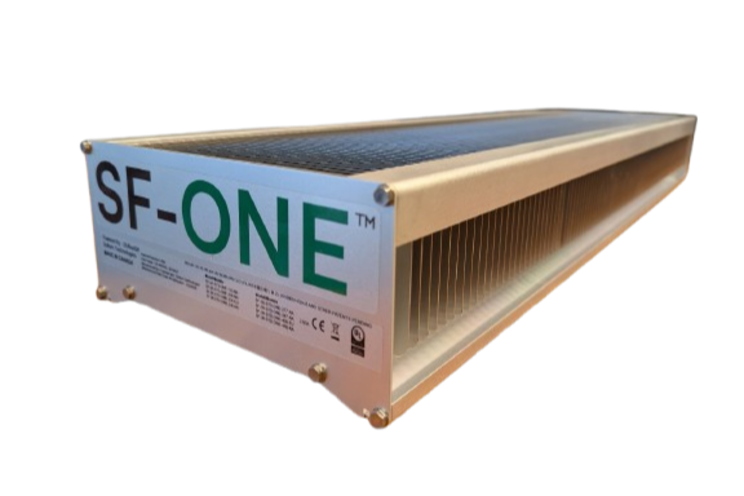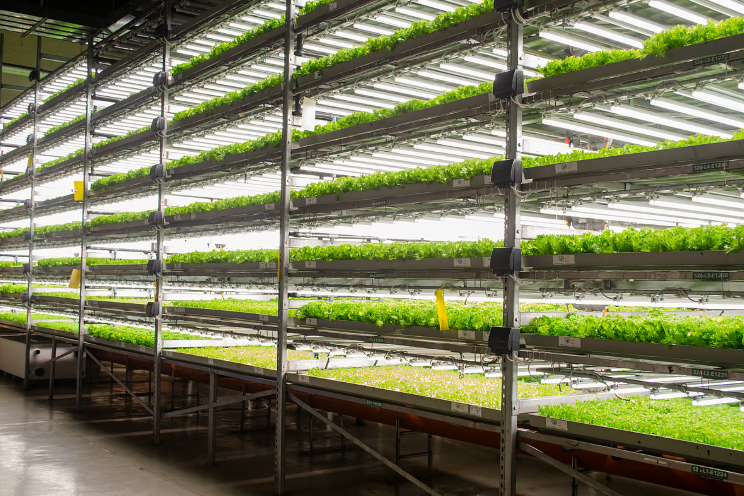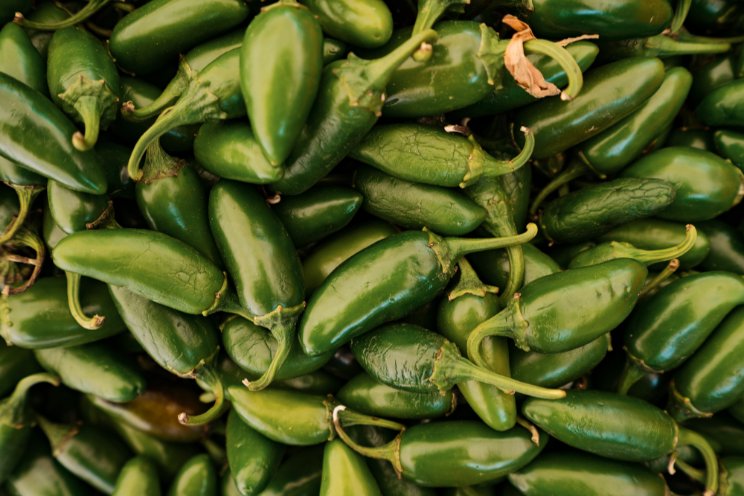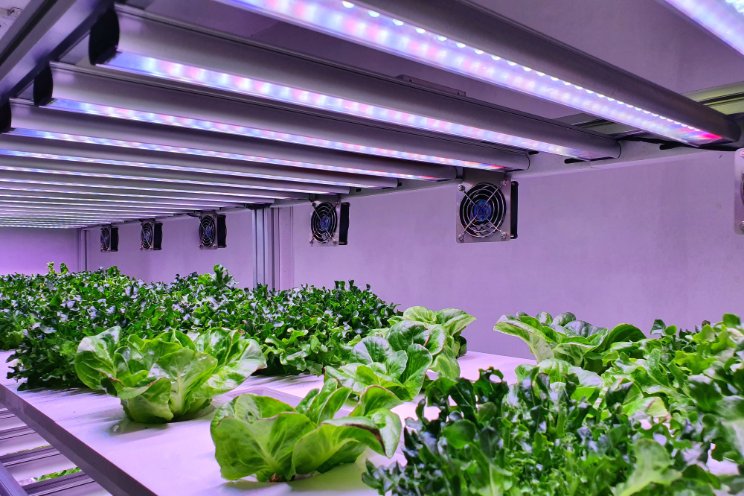Modeling helps to grow a better lettuce crop
Added on 18 July 2023
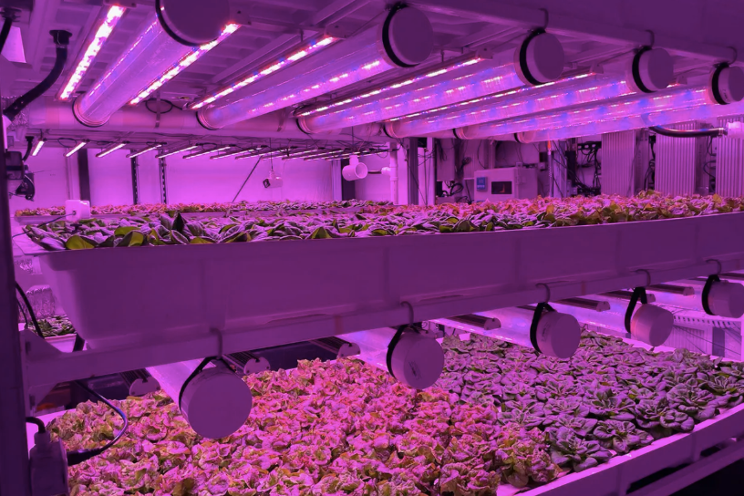
One of the research objectives of the OptimIA project, which is being funded by USDA to the tune of $2.4 million, is to study the aerial environment for producing indoor leafy greens. The aerial environment refers to air circulation, humidity, carbon dioxide concentration, light intensity, and temperature. Prior to preparing the project proposal, members of the OptimIA team surveyed stakeholders of the indoor farm industry to identify the challenges and needs of the industry.
“There was a lot of feedback related to environmental parameters, especially airflow,” said Murat Kacira, an OptimIA team member who is director of Controlled Environment Agriculture Center and professor in the Biosystems Engineering Department at the University of Arizona. “The indoor farm industry had a real need for optimizing the environmental variables related to light, temperature, humidity management and control. Leafy greens growers wanted to be able to understand plant growth, quantify the plant response, yield, as well as the quality attributes under various environmental conditions.”
Crop modeling predictions, potential
Kacira explains crop modeling is simply crop growth and yield prediction.
“Given setpoints for air temperature, photosynthetic active radiation, humidity, carbon dioxide enrichment, we were able to model crop growth and predict the kilograms or grams of lettuce yield on an hourly or daily basis and also at the end of the production cycle,” he said.
Kacira’s lab used modeling to focus on plant growth and yield predictions for lettuce in indoor vertical farms considering environmental variables, including temperature, humidity, carbon dioxide level and light intensity.
Photo: Research conducted in the University of Arizona UAg vertical farm using modeling and computer simulations showed vertical air flow compared to horizontal air flow was more effective at preventing lettuce tipburn. Photo courtesy of Murat Kacira, Univ. of Ariz.
More news
